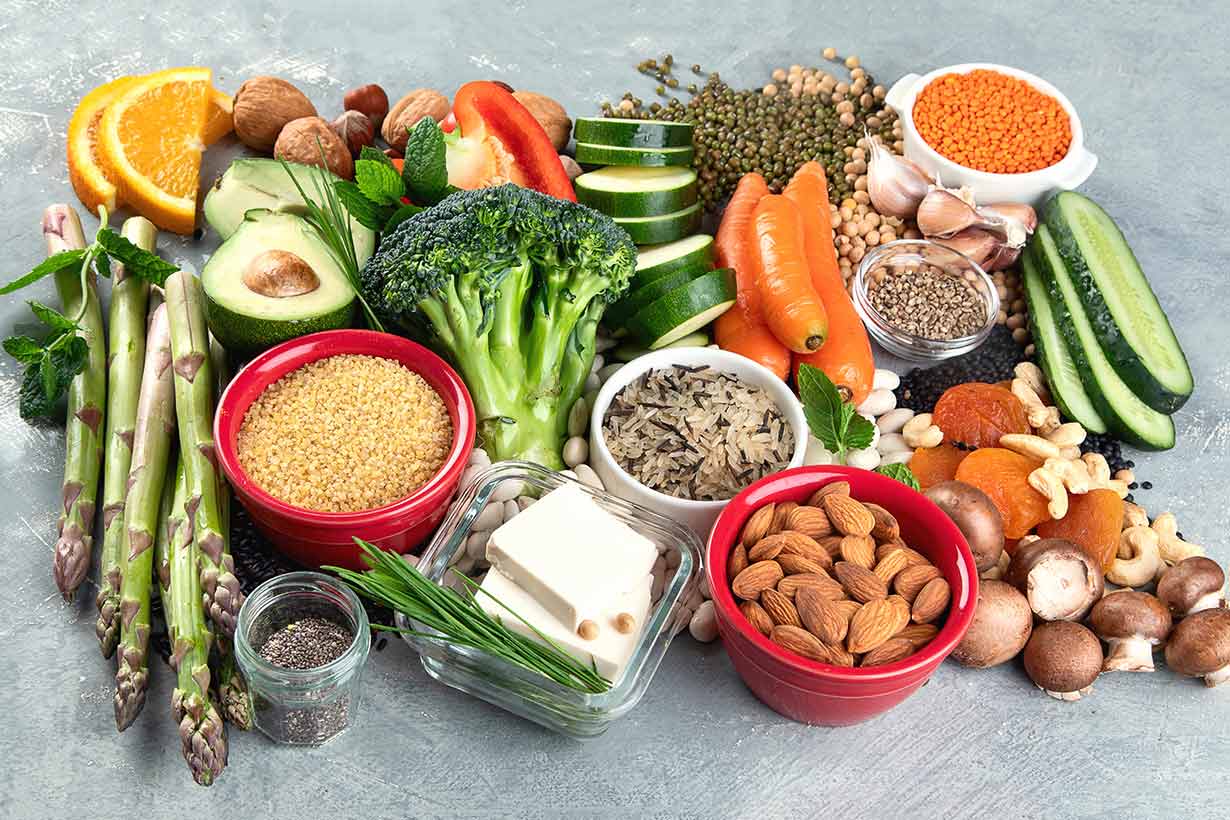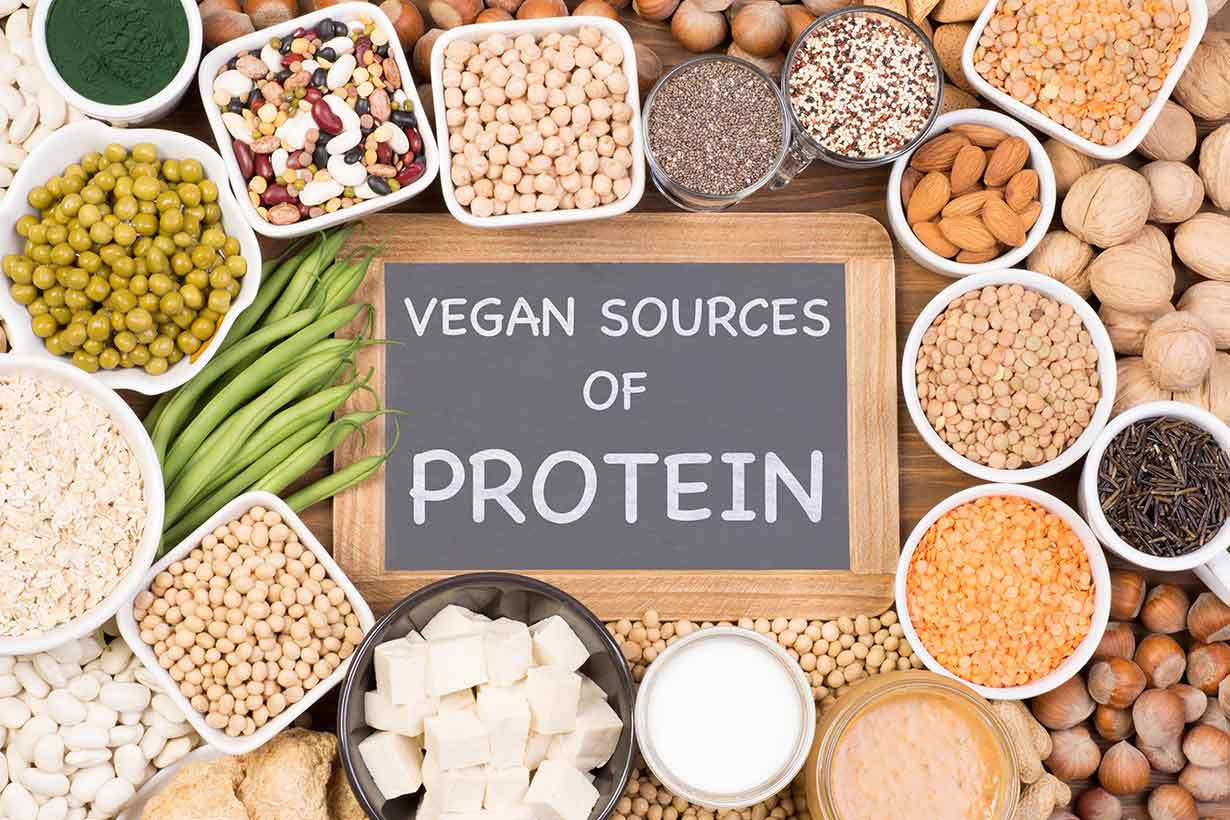Beyond Sausage is a relatively new entrant in the plant-based sausage market.
The product caters to vegetarian and vegan diets, yet is also aimed at meat eaters as a “healthier” option.
However, is Beyond Sausage truly a healthier alternative to other types of sausages?
This article explores the product’s nutritional profile and provides an objective assessment of its benefits and downsides.
What Is Beyond Sausage?

Beyond Sausage is a 100% plant-based sausage product composed of a variety of ingredients, with pea protein and several different fats being the primary components.
‘Beyond Meat’ is the company behind ‘Beyond Sausage,’ and their website outlines their mission as follows:
“Our mission is to create delicious, nutritious, sustainable protein so that you can eat what you love, no sacrifice required.”
Source: https://www.beyondmeat.com/en-US/
Through the use of the term “sacrifice,” the company claims that their vegan-friendly products contribute improving the lives of animals and providing environmental benefits (1).
Regarding their Beyond Sausage product, the company further states: “Beyond Sausage is a plant-based sausage made to look, sizzle, and satisfy like pork” (2).
What Is the Ingredients Profile of Beyond Sausage?
Here is the full ingredient profile for the ‘original’ variety of Beyond Sausage (3):
- Water
- Pea protein
- Cocoa butter
- Canola oil
- Rice protein
- Yeast extract
- Methylcellulose
- Natural flavors
- Potato starch
- Refined coconut oil
- Salt
- Spices
- Vinegar
- Lemon juice concentrate
- Sunflower lecithin
- Fruit and vegetable juice color
- Apple extract
- Psyllium fiber
- Onion powder
- Potassium salt
- Citric acid
- Pomegranate concentrate
- Calcium chloride
- Niacinamide (vitamin B3)
- Pyridoxine (vitamin B6)
- Thiamine hydrochloride (vitamin B1)
- Calcium pantothenate (vitamin B5)
- Cyanocobalamin (vitamin B12)
- Paprica extract
- Sodium alginate casing
The first eight ingredients are the primary ones, with Beyond Sausage containing “less than 1%” of each ingredient listed from potato starch and below.
Each ingredient serves a unique purpose, contributing to the sausage’s color, texture, and flavor while fortifying it with essential nutrients.
Sodium alginate, derived from algae, is used as a casing for the sausage.
Note: It is important to mention that Beyond Sausage offers several flavored varieties, and the ingredient profiles of each one may slightly vary.
What Benefits Does Beyond Sausage Have?
Here is an overview of some of the nutritional benefits of Beyond Sausage.
A Rich Source of B Vitamins
Beyond Sausage products are fortified with B vitamins, including vitamin B12.
Since vitamin B12 is naturally confined to animal-sourced food products, it is essential for vegans to obtain it from fortified foods or supplementation.
Each sausage provides 0.35 mcg of vitamin B12, equivalent to 33% of the recommended daily value (3).
A Vegan-Friendly Sausage Alternative
While traditional meat-based sausages are easily accessible, vegan alternatives have historically been hard to find.
Beyond Sausage fills this void, and allows vegans wanting a sausage-like experience to have it.
High In Protein
Beyond Sausage provides a generous 16 grams of protein per single sausage, making it a notably high-protein choice.
Given that vegan diets are typically lower in protein than other dietary patterns, good sources of plant-based protein can be helpful (3, 4, 5).
Downsides
Now, let’s examine some potential drawbacks of Beyond Sausage. These are related to its nutritional composition and other context-dependent issues.
Allergies
The primary ingredient in Beyond Sausage products is pea protein.
As a legume-based food, pea protein contains allergens that can potentially trigger allergic reactions in certain individuals (6, 7, 8).
Some research indicates a potertial cross reactivity between peanut allergies and reactions to pea protein. Although there is a low risk of a severe reaction, people with a peanut allergy might have a slightly higher risk of an allergic response to pea protein (9).
If anyone suspects an allergy to pea protein, they should seek guidance from their physician or a trusted medical professional.
High In Sodium
Like most sausages, Beyond Sausage contains a high quantity of sodium.
Each sausage provides 600 mg of sodium, accounting for 26% of the total daily recommended amount of 2300 mg (3).
While sodium-rich foods can fit into a healthy dietary pattern, an excessive sodium intake can lead to elevated blood pressure levels. Numerous systematic reviews and meta-analyses of scientific studies have demonstrated a direct relationship between higher sodium intake and elevated higher blood pressure (10, 11, 12).
High blood pressure (hypertension) can increase the risk of conditions such as kidney disease, heart disease, and stroke (13, 14).
Saturated Fat Levels
Beyond Sausage is marketed as having “40% less saturated fat than the leading brand of pork sausage” (15).
However, at 4.5 grams of saturated fat per sausage, this is still a relatively high amount, particularly for individuals aiming to lower or limit their saturated fat intake (3).
On this note, it is important to remember that reduced-fat sausage varieties may contain less saturated fat than Beyond Sausage.
Based on a typical 2000-calorie diet, the recommended daily value for saturated fat is 20 grams per day.
High intakes of saturated fat can elevate LDL cholesterol (LDL-C), which is closely linked to an increased risk of cardiovascular disease (16, 17).
The Nutritional Profile of Beyond Sausage
The following tables present the nutritional values for Beyond Sausage per 76-gram link.
All nutritional information has been sourced Beyond Meat’s official website (3).
Daily values have been computed by using this data in conjunction with the FDA’s recommended daily values (18).
General Nutrition Facts
| Name | Amount | % Daily Value |
|---|---|---|
| Calories | 180 kcal | |
| Carbohydrates | 6.0 g | 2.2% |
| Fiber | 1.0 g | 3.6% |
| Sugars | <1.0 g | |
| Fat | 11.0 g | 14.1% |
| Saturated | 4.5 g | 22.5% |
| Monounsaturated | 4.0 g | |
| Polyunsaturated | 2.0 g | |
| Protein | 16.0 g | 32% |
| Cholesterol | 0mg | 0% |
Vitamins
| Vitamin | Amount | % Daily Value |
|---|---|---|
| Vitamin B1 (thiamin) | 0.4 mg | 33.3% |
| Vitamin B3 (niacin) | 4.5 mg | 28.1% |
| Vitamin B5 (pantothenic acid) | 0.4 mg | 8.0% |
| Vitamin B6 (pyridoxine) | 0.3 mg | 17.6% |
| Vitamin B12 (cobalamin) | 0.8 mcg | 33.3% |
Beyond Sausage is a rich source of B vitamins, featuring a substantial quantity of vitamin B12.
Minerals
| Mineral | Amount | % Daily Value |
|---|---|---|
| Calcium | 50 mg | 3.8% |
| Iron | 3.5 mg | 19.4% |
| Potassium | 310 mg | 6.6% |
| Sodium | 600 mg | 26.1% |
The sausages provide a high amount of both iron and sodium.
How Does Beyond Sausage Compare To Meat-Based Sausages Nutritionally?
Now, let’s examine the nutritional composition between Beyond Sausage and traditional meat-based sausages.
The table below provides a side-by-side analysis comparing the nutritional profiles of Beyond Sausage, pork sausage, and turkey sausage per cooked link serving (3, 19, 20).
| Name | Beyond Sausage | Pork Sausage | Turkey Sausage |
|---|---|---|---|
| Weight | 76 grams | 68 grams | 57 grams |
| Calories | 180 kcal | 210 kcal | 112 kcal |
| Carbohydrates | 6.0 g | 0.64 g | 0 g |
| Fiber | 1.0 g | 0 g | 0 g |
| Sugars | <1.0 g | 0.64 g | 0 g |
| Fat | 11.0 g | 19.2 g | 5.93 g |
| Saturated | 4.5 g | 6.33 g | 1.29 g |
| Monounsaturated | 4.0 g | 7.62 g | 1.7 g |
| Polyunsaturated | 2.0 g | 2.47 g | 1.54 g |
| Protein | 16.0 g | 8.16 g | 13.6 g |
| Cholesterol | 0mg | 41.5 mg | 52.4 mg |
| Sodium | 600 mg | 562 mg | 379 mg |
As displayed in the table, here are some of the key distinctions between these three options:
- Beyond Sausage contains fewer calories than typical pork sausages, but more than turkey sausages.
- Each Beyond Sausage link has a moderate carbohydrate content and a small amount of fiber, whereas pork and turkey sausages do not.
- Beyond Sausage provides approximately 40% less fat and saturated fat than pork sausages. However, its fat content is approximately double that of a turkey sausage, with 3-4 times more saturated fat.
- In terms of protein, Beyond Sausages provides a higher level than both pork and turkey sausages per link.
- All three options contain relatively high sodium levels, but Beyond Sausage has the highest sodium content.
Vitamin and Mineral Comparison
Additionally, it’s important to note that pork and turkey sausages offer a more extensive range of vitamins and minerals compared to Beyond Sausage.
You can find the full vitamin and mineral profiles for both of them here:
Nitrates
In contrast to traditional meat-based sausages, Beyond Sausage does not contain sodium nitrate or sodium nitrite. These preservatives are used to extend the shelf-life of sausages and protect them from spoiling.
They also influence the taste and color of sausages, giving them a characteristic reddish/pink hue.
Nitrates and nitrites are commonly found in processed meats, and they can potentially convert to nitrosamines when heated at high temperatures and within the stomach. Nitrosamines are considered as potential carcinogens (can cause cancer) (21, 22).
Is Beyond Sausage a Better Choice Than Meat-Based Sausages?
The claim by Beyond Meat that Beyond Sausage is a healthier option compared to pork sausages is primarily based on its lower fat and saturated fat content.
If saturated fat were the only metric through which we judge the nutritional merits of sausages, then Beyond Meat would be a better option than pork sausages, but a worse choice compared to turkey sausages.
However, the truth is that all three of these examples have distinct nutritional profiles, and the best choice depends on the specific context:
- Protein: If you’re seeking a higher protein content, Beyond Sausages are a better source of protein than pork sausages gram-for-gram. However, the difference is less significant when compared to low-fat sausage varieties or turkey sausages.
- Saturated fat content: For those aiming to keep their saturated fat intake low, Beyond Sausage is a preferential option compared to pork sausages. However, turkey sausages are the winner here, with less than a third of the saturated fat found in Beyond Sausage.
- Vitamin and mineral profile: Based on the available nutritional data, meat-based sausages offer a broader array of vitamins and minerals compared to Beyond Sausage.
- Preservatives and nitrate content: Beyond sausage does not contain sodium nitrate, while most traditional meat sausages do.
- Vegan or vegetarians: For those following a vegetarian or vegan diet, Beyond Sausage is the clear choice.
How To Cook Beyond Sausages
Beyond Sausage can be used in the same way as meat-based sausages and is suitable for any dish calling for sausages.
The Beyond Meat website provides the following cooking instruction guidance (3):
- Griddle: cook for 7 minutes to an internal temperature of 165° (74°C). Turn frequently.
- Grill: Grill for 9-10 minutes at 500-520°F (260-271°C).
- Skillet: Cook in a skillet at medium-high heat for 6 minutes, turning after about 3 minutes.
Frequently Asked Questions
In case of any potential unanswered questions, here are the answers to some common queries about Beyond Sausage.
Yes, the product is suitable for both vegetarians and vegans since it contains no animal-sourced ingredients.
Beyond Sausage is free of gluten-containing ingredients, making it suitable for gluten-free diets.
Yes, it can be used as a direct replacement in any sausage-based recipes.
No, it is not low in saturated fat. While Beyond Sausage is moderately high in saturated fat, it contains slightly lower amounts compared to traditional pork sausages. However, turkey sausages and other reduced-fat sausages have even less saturated fat.
The product contains no dietary cholesterol.
Yes, according to nutritional data, it has a slightly higher sodium content than pork sausages.
According to the official Beyond Meat website, Beyond Sausage should be refrigerated once opened and consumed within 3 days (3).







